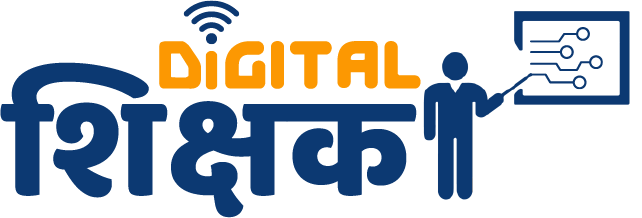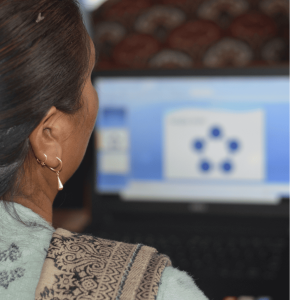In today’s fast-evolving world, digital literacy is no longer a luxury—it’s a necessity. Teachers, who play a crucial role in shaping young minds, must stay ahead by integrating technology into their classrooms. However, many educators in Nepal face challenges when it comes to digital tools, making it difficult to engage students in a way that aligns with modern learning techniques.
This is where Digital Sikshak steps in. A transformative initiative under the U.S. Embassy Youth Council’s Civic Engagement Project, Digital Sikshak is designed to bridge the digital divide by equipping teachers with essential technological skills. By doing so, it enhances the quality of education and prepares students for a future driven by innovation.
Why Digital Sikshak Matters
The modern world is moving at an unprecedented pace, and technology has reshaped how knowledge is accessed and shared. Traditional teaching methods, while still valuable, need to evolve. Through Digital Sikshak, educators are trained in:
- Basic Digital Literacy: Understanding digital tools, setting up emails, and navigating online platforms.
- Microsoft and Google Suite: Learning to use Word, PowerPoint, Excel, Google Drive, and Calendar efficiently.
- Digital Safety: Protecting personal and student data, recognizing online threats, and ensuring safe digital interactions.
- AI in Education: Exploring how artificial intelligence can support teaching and streamline tasks.
Beyond Just Tools—A Mindset Shift
One of the most significant outcomes of Digital Sikshak is the shift in mindset it encourages. Many educators initially feel intimidated by technology, but through hands-on training, they gain confidence and see the practical benefits. From using PowerPoint for engaging presentations to managing student assignments on Google Drive, these small changes lead to significant improvements in classroom efficiency.
The program is also fostering a culture of continuous learning. Teachers realize that digital literacy is not just about mastering a tool but about adapting to a rapidly changing environment. This realization encourages them to seek out further learning opportunities, ultimately benefiting their students.
The Ripple Effect on Students
A teacher’s ability to use digital tools directly impacts students. When educators integrate technology into lessons, students become more engaged, interactive, and ready for a tech-driven future. For instance, digital quizzes, virtual field trips, and multimedia presentations can make learning more dynamic and inclusive. Moreover, students who see their teachers embracing technology are more likely to develop their own digital skills, making them better prepared for higher education and the job market.
Looking Ahead: The Future of Digital Sikshak
Digital Sikshak is more than just a project—it’s a movement. As the program continues to grow, the goal is to reach educators in rural areas, where the digital gap is often wider. Expanding access to technology training will ensure that no teacher is left behind and that students across Nepal receive a quality education.
The initiative is also looking at incorporating advanced topics such as coding for educators, digital content creation, and further AI applications. With continued support, Digital Sikshak can redefine how education is delivered in Nepal and create a more technologically empowered generation.
Conclusion
Technology in education is not just about keeping up with trends—it’s about making learning more effective, inclusive, and exciting. Through Digital Sikshak, teachers are not just learning how to use digital tools; they are becoming changemakers in their classrooms and communities. The journey towards digital literacy is an ongoing one, but with initiatives like this, Nepal’s education sector is heading towards a brighter, more connected future.




